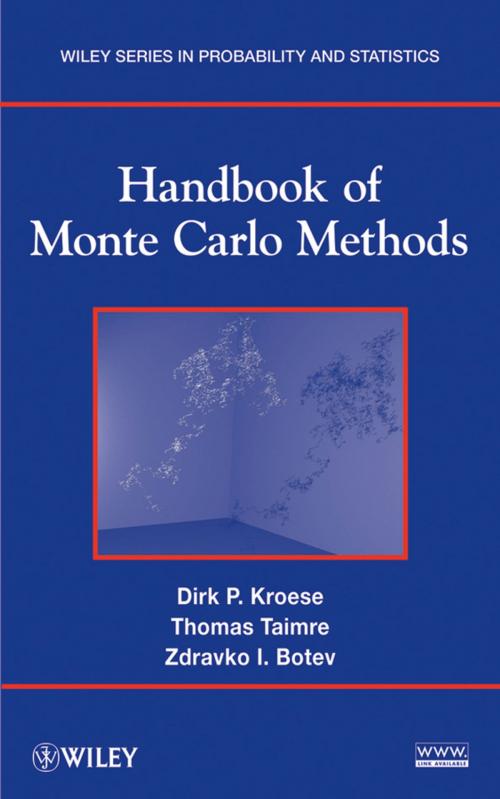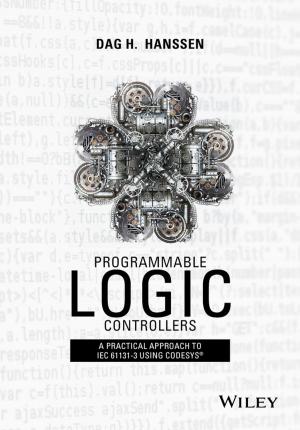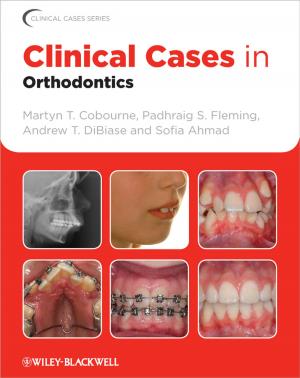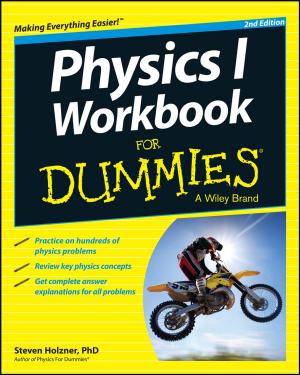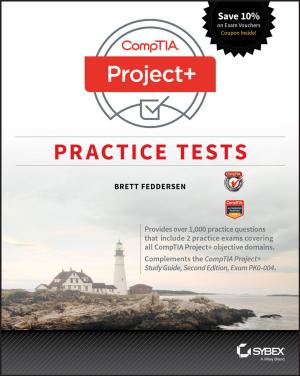| Author: | Dirk P. Kroese, Thomas Taimre, Zdravko I. Botev | ISBN: | 9781118014950 |
| Publisher: | Wiley | Publication: | June 6, 2013 |
| Imprint: | Wiley | Language: | English |
| Author: | Dirk P. Kroese, Thomas Taimre, Zdravko I. Botev |
| ISBN: | 9781118014950 |
| Publisher: | Wiley |
| Publication: | June 6, 2013 |
| Imprint: | Wiley |
| Language: | English |
A comprehensive overview of Monte Carlo simulation that explores the latest topics, techniques, and real-world applications
More and more of today’s numerical problems found in engineering and finance are solved through Monte Carlo methods. The heightened popularity of these methods and their continuing development makes it important for researchers to have a comprehensive understanding of the Monte Carlo approach. Handbook of Monte Carlo Methods provides the theory, algorithms, and applications that helps provide a thorough understanding of the emerging dynamics of this rapidly-growing field.
The authors begin with a discussion of fundamentals such as how to generate random numbers on a computer. Subsequent chapters discuss key Monte Carlo topics and methods, including:
- Random variable and stochastic process generation
- Markov chain Monte Carlo, featuring key algorithms such as the Metropolis-Hastings method, the Gibbs sampler, and hit-and-run
- Discrete-event simulation
- Techniques for the statistical analysis of simulation data including the delta method, steady-state estimation, and kernel density estimation
- Variance reduction, including importance sampling, latin hypercube sampling, and conditional Monte Carlo
- Estimation of derivatives and sensitivity analysis
- Advanced topics including cross-entropy, rare events, kernel density estimation, quasi Monte Carlo, particle systems, and randomized optimization
The presented theoretical concepts are illustrated with worked examples that use MATLAB®, a related Web site houses the MATLAB® code, allowing readers to work hands-on with the material and also features the author's own lecture notes on Monte Carlo methods. Detailed appendices provide background material on probability theory, stochastic processes, and mathematical statistics as well as the key optimization concepts and techniques that are relevant to Monte Carlo simulation.
Handbook of Monte Carlo Methods is an excellent reference for applied statisticians and practitioners working in the fields of engineering and finance who use or would like to learn how to use Monte Carlo in their research. It is also a suitable supplement for courses on Monte Carlo methods and computational statistics at the upper-undergraduate and graduate levels.
A comprehensive overview of Monte Carlo simulation that explores the latest topics, techniques, and real-world applications
More and more of today’s numerical problems found in engineering and finance are solved through Monte Carlo methods. The heightened popularity of these methods and their continuing development makes it important for researchers to have a comprehensive understanding of the Monte Carlo approach. Handbook of Monte Carlo Methods provides the theory, algorithms, and applications that helps provide a thorough understanding of the emerging dynamics of this rapidly-growing field.
The authors begin with a discussion of fundamentals such as how to generate random numbers on a computer. Subsequent chapters discuss key Monte Carlo topics and methods, including:
- Random variable and stochastic process generation
- Markov chain Monte Carlo, featuring key algorithms such as the Metropolis-Hastings method, the Gibbs sampler, and hit-and-run
- Discrete-event simulation
- Techniques for the statistical analysis of simulation data including the delta method, steady-state estimation, and kernel density estimation
- Variance reduction, including importance sampling, latin hypercube sampling, and conditional Monte Carlo
- Estimation of derivatives and sensitivity analysis
- Advanced topics including cross-entropy, rare events, kernel density estimation, quasi Monte Carlo, particle systems, and randomized optimization
The presented theoretical concepts are illustrated with worked examples that use MATLAB®, a related Web site houses the MATLAB® code, allowing readers to work hands-on with the material and also features the author's own lecture notes on Monte Carlo methods. Detailed appendices provide background material on probability theory, stochastic processes, and mathematical statistics as well as the key optimization concepts and techniques that are relevant to Monte Carlo simulation.
Handbook of Monte Carlo Methods is an excellent reference for applied statisticians and practitioners working in the fields of engineering and finance who use or would like to learn how to use Monte Carlo in their research. It is also a suitable supplement for courses on Monte Carlo methods and computational statistics at the upper-undergraduate and graduate levels.
